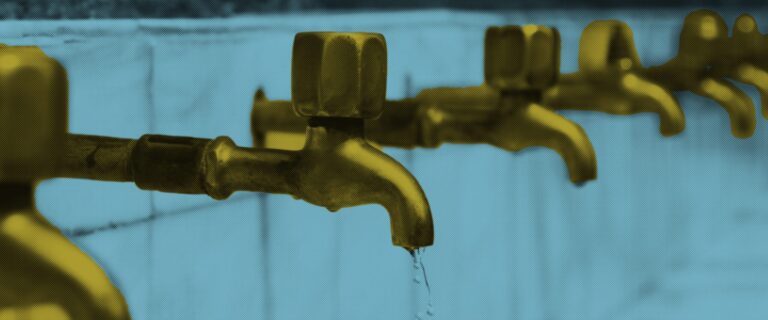Many drought-stricken areas are eyeing “toilet-to-tap” schemes to bolster water supplies, but this risky practice distracts from the real solutions to our water crises.
Maybe you’ve seen a video that goes something like this: someone drinks a glass of clear water and announces that it tastes great. “Get this,” a second person says, “That came from the sewers!” The first person who sipped is shocked. “But it tastes just like tap water!” they might exclaim.
What some may know as an internet novelty is heading for our municipal water systems. Amid historic drought in the American West, several states are looking to turn sewage into drinking water.
But this is not the direction we need to go. “Toilet-to-tap” projects are very risky and expensive. Moreover, they distract from the true solutions to our water crisis: conserving the water we do have and tackling corporate water abusers.
What Exactly Is “Toilet-to-Tap”?
Already, many towns treat and reuse wastewater for purposes like watering lawns. But a small percentage are treating that wastewater and putting it back in the water supply.
This practice, called potable reuse, starts by cleaning wastewater with advanced treatment processes. Indirect potable reuse sends the treated water […]
Full article: www.foodandwaterwatch.org

